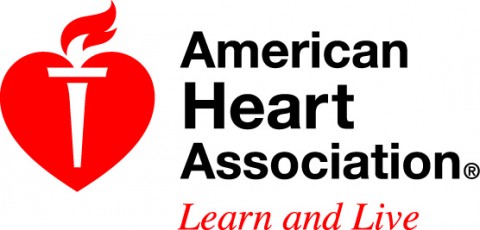Stroke is also the 5th leading killer in Tennessee (about 3200 deaths per year).
 Dallas, TX – Breaking a sweat while working out regularly may reduce your risk of stroke, according to new research in the American Heart Association journal Stroke.
Dallas, TX – Breaking a sweat while working out regularly may reduce your risk of stroke, according to new research in the American Heart Association journal Stroke.
Regular activity seems to lower stroke risk by reducing blood pressure, weight and blood sugar.

“The stroke-lowering benefits of physical activity are related to its impact on other risk factors,” said Michelle McDonnell, Ph.D., study author and Lecturer in the School of Health Sciences at the International Centre for Allied Health Evidence, University of South Australia. “Exercise reduces blood pressure, weight and diabetes. If exercise was a pill, you’d be taking one pill to treat four or five different conditions.”
In a study of more than 27,000 Americans, 45 years and older who were followed for an average of 5.7 years, researchers found:
- One-third of participants reported being inactive, exercising less than once a week.
- Inactive people were 20 percent more likely to experience a stroke or mini-stroke than those who exercised at moderate to vigorous intensity (enough to break a sweat) at least four times a week.
- Among men, only those who exercised at moderate or vigorous intensity four or more times a week had a lowered stroke risk.
- Among women, the relationship between stroke and frequency of activity was less clear.
The study — the first to quantify protective effects of physical activity on stroke in a large multiracial group of men and women in the United States — supports previous findings that physical inactivity is second only to high blood pressure as a risk factor for stroke.
Study participants were part of the Reasons for Geographic and Ethnic Differences in Stroke (the REGARDS study). They were divided relatively equally between black and white and male and female, with more people from the “Stroke Belt” states in the southeast.
The stroke belt is an area of the country where strokes are more common (Alabama, Arkansas, Florida, Georgia, Louisiana, Mississippi, North Carolina, South Carolina, Tennessee and Virginia).
Stroke is also the 5th leading killer in Tennessee (about 3200 deaths per year).
“We can tell you how much your stroke risk improves for each cigarette you cut out or every point you reduce your blood pressure, but we still need good studies on the amount you can reduce your risk of stroke by taking up exercise,” McDonnell said.
McDonnell also noted that the weak relationship with physical activity and women observed in this study may be because women can get the benefit with less vigorous exercise such as walking, which was not the focus of this analysis.
The American Heart Association recommends healthy adults (ages 18-65) get at least 30 minutes of moderate-intensity physical activity at least five days a week, or at least 20 minutes of vigorous-intensity physical activity at least three days a week, for a total of 150 minutes of moderate-intensity physical activity. Adults should also get at least two days a week of muscle-strengthening activities that involve all the major muscle groups.
Co-authors are: Susan L. Hillier, Ph.D.; Steven P. Hooker, Ph.D.; Anh Le, M.S.; Suzanne E. Judd, Ph.D., and Virginia J. Howard, Ph.D. Author disclosures are on the manuscript.
The National Institute of Neurological Diseases and Stroke funded the study.
For the latest heart and stroke news, follow @HeartNews on Twitter.
For stroke science, follow Stroke at @StrokeAHA_ASA.


